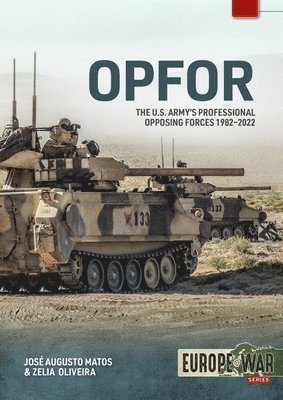Kommande

459:-
- Format: Pocket/Paperback
- ISBN: 9781804513682
- Språk: Engelska
- Utgivningsdatum: 2025-07-31
- Förlag: Helion & Company

